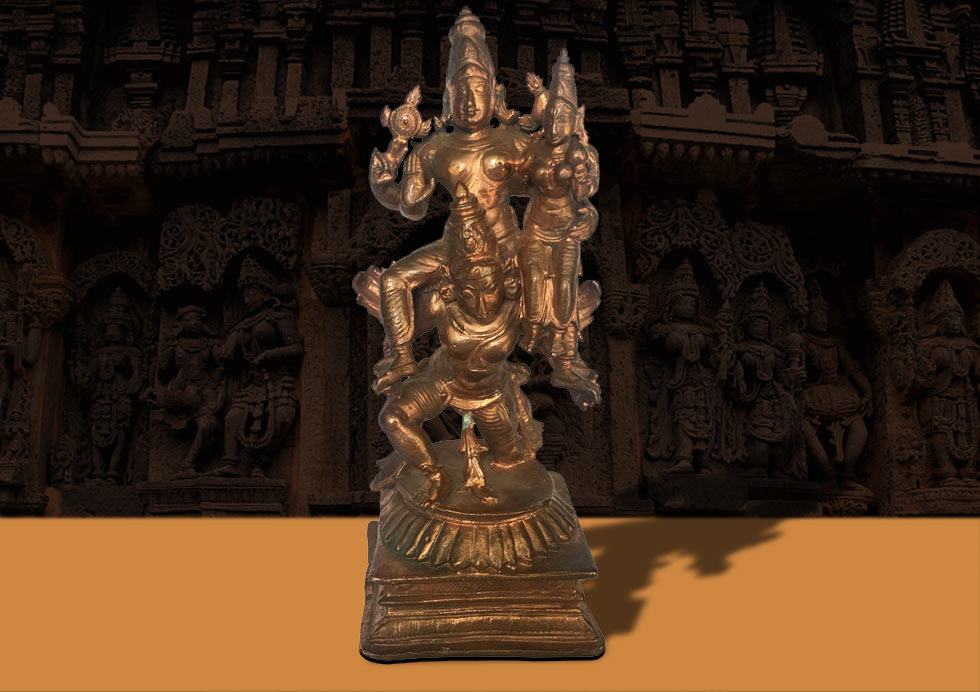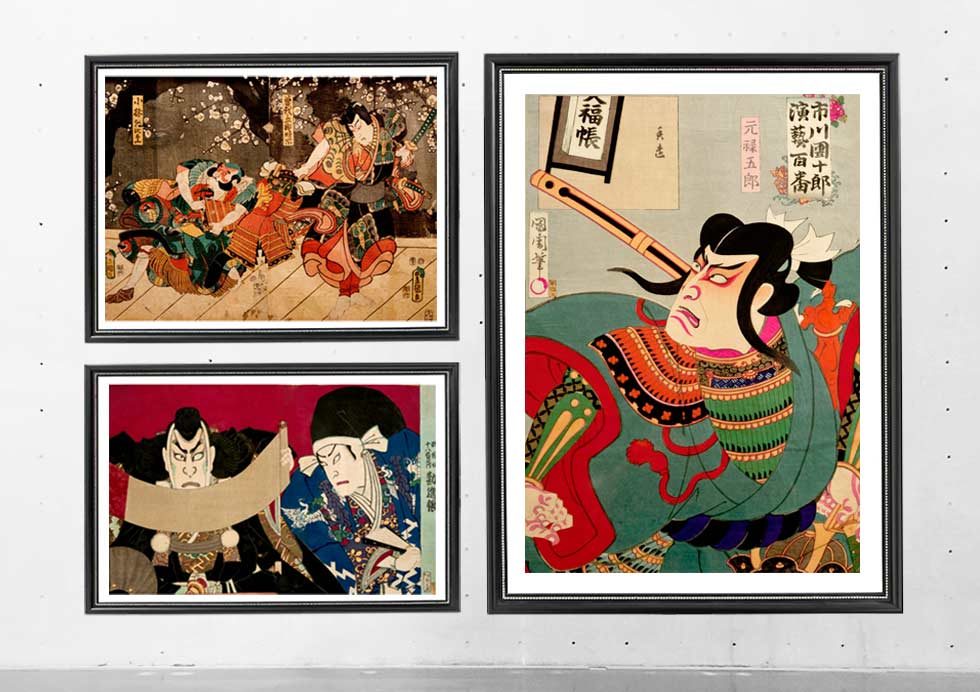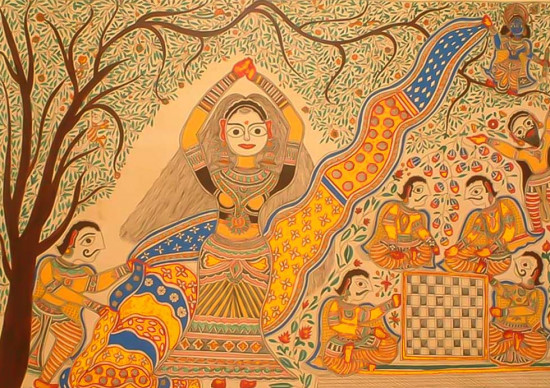
All countries, stats, societies, cultures, religion overall the whole world is united by a single thing that is Art. It is a universal language that transcends borders and cultures. While art forms may vary from one society to another, the creative impulse and human expression that underline them are shared by all. Whether it is visual art, music literature, or performance, art has the power to connect people and foster understanding between different cultures. By appreciating the diversity of art forms, we can celebrate the richness and uniqueness of each culture while recognizing our shared community.
Art As Integral Part Of Culture

Art, in all of its forms, is an essential component of culture, and it has been used to communicate religious ideas, political views, social issues, personal experiences, and other things. Art was utilized to decorate tombs and temples in ancient Egypt, reflecting religious beliefs and values. Art was commissioned by the church in medieval Europe and used to educate people about religious stories and events. Art has evolved into a potent instrument for expressing personal and societal ideas in modern times.

Art As A Teacher

Understanding diverse civilizations requires an appreciation for the diversity of art forms. We can learn about different societies’ values, beliefs, and customs through investigating various art forms. Art is a valuable instrument for increasing cross-cultural understanding and empathy, widening our viewpoints, and questioning our assumptions. We may learn about the continent’s rich cultural heritage, history, and people through studying African art, for example. Similarly, by studying Japanese art, we can learn about its distinct aesthetics, such as wabi-sabi, which embraces imperfection and transience.
Art impacts and shapes culture in addition to reflecting the culture in which it was developed. Art has always played an important role in chronicling cultural traditions, beliefs, and ideals. It can be used for communication, expression, or social commentary. Art is strongly connected with spirituality and religious practices in several cultures. For example, Hindu and Buddhist symbolism pervades ancient Indian art and architecture, whereas Christian art in Europe reflects societal religious views.
Different art forms provide distinct perspectives on culture. Paintings, sculptures, and architecture, for example, provide a tangible depiction of cultural values, beliefs, and social standards. Music, on the other hand, provides an insight into a society’s musical traditions, reflecting the sounds and rhythms of a specific culture. Literature and poetry allow us to investigate a culture’s language, storytelling, and literary approaches. Dance, theater, and ritual are examples of performance art that provide insight into how communities celebrate and express themselves.
Understanding and respecting the complexities of diverse cultures is made easier by appreciating the diversity of creative forms. It allows us to investigate cultural similarities and contrasts, underlining universal themes and feelings that unite us all. We may widen our viewpoints, question our assumptions, and increase our awareness of the world around us by witnessing the art of diverse civilizations.
Finally, art is a universal language that transcends boundaries and cultures, expressing many nations’ rich and unique traditions, beliefs, and values. We may celebrate the distinctiveness of each culture while also acknowledging our shared humanity by appreciating the diversity of creative forms. Art has the ability to link people and create understanding across cultures, making it a vital instrument for creating bridges and fostering global peace and harmony.
Art impacts and shapes culture in addition to reflecting the culture in which it was developed. Art has always played an important role in chronicling cultural traditions, beliefs, and ideals. It can be used for communication, expression, or social commentary. Art is strongly connected with spirituality and religious practices in several cultures. For example, Hindu and Buddhist symbolism pervades ancient Indian art and architecture, whereas Christian art in Europe reflects societal religious views.
Different art forms provide distinct perspectives on culture. Paintings, sculptures, and architecture, for example, provide a tangible depiction of cultural values, beliefs, and social standards. Music, on the other hand, provides an insight into a society’s musical traditions, reflecting the sounds and rhythms of a specific culture. Literature and poetry allow us to investigate a culture’s language, storytelling, and literary approaches. Dance, theater, and ritual are examples of performance art that provide insight into how communities celebrate and express themselves.
Understanding and respecting the complexities of diverse cultures is made easier by appreciating the diversity of creative forms. It allows us to investigate cultural similarities and contrasts, underlining universal themes and feelings that unite us all. We may widen our viewpoints, question our assumptions, and increase our awareness of the world around us by witnessing the art of diverse civilizations.
Finally, art is a universal language that transcends boundaries and cultures, expressing many nations’ rich and unique traditions, beliefs, and values. We may celebrate the distinctiveness of each culture while also acknowledging our shared humanity by appreciating the diversity of creative forms. Art has the ability to link people and create understanding across cultures, making it a vital instrument for creating bridges and fostering global peace and harmony.









